Bhagwan Kamadeva, the divine god of love, desire, and attraction, embodies the cosmic energy that stirs creation and vitality in the universe. Revered in Hindu tradition as the youthful and radiant deity who awakens passion and emotional bonding, Kamadeva plays a vital role in the sacred balance between spiritual evolution and worldly life. Adorned with a sugarcane bow strung with buzzing honeybees and arrows tipped with fragrant flowers, his presence inspires longing, harmony, and beauty in human relationships. As described in ancient scriptures Bhagwan Kamadeva represents the subtle force that connects hearts, drives creativity, and enhances the rasa or essence of life. Invoking his blessings brings charm, attraction, and emotional strength, guiding individuals toward love that is not only sensual but also soulful and fulfilling.
Who is Bhagwan Kamadeva?
Bhagwan Kamadeva is the Hindu god of love, desire, and attraction, representing the divine force that governs emotional bonding, sensual pleasure, and procreation. He holds a vital role in the Hindu pantheon as the celestial catalyst who awakens desire, enabling the continuation of life and creation. Kamadeva is not a deity of indulgence alone, but of divine purpose, as his influence inspires unity and emotional connection within dharmic boundaries. He is often considered the son of Bhagwan Vishnu and Goddess Lakshmi, or alternatively of Brahma, depending on scriptural references. His consort is Rati, the goddess of passion and sensuality, who complements his energy and supports his divine mission. Kamadeva is also associated with Pradyumna, the son of Bhagwan Krishna and an incarnation of Kamadeva himself, reflecting his rebirth and eternal presence in cosmic functions.
Kamadeva is iconographically depicted as a youthful and handsome deity, riding a parrot as his vahana or vehicle. His weapon is a sugarcane bow strung with a line of buzzing bees, symbolizing sweetness and vitality. The five arrows he carries are tipped with flowers; Ashoka, White Lotus, Mango, Jasmine, and Blue Lotus, each representing a specific emotion or effect on the heart and mind. These elements symbolize Kamadeva’s subtle power to influence thought and stir attraction without violence or force. His presence brings charm, harmony, and emotional balance, making him a powerful yet gentle force in the universe.
Significance of Bhagwan Kamadeva
Bhagwan Kamadeva holds deep philosophical and spiritual significance in Hindu tradition. He represents not just physical desire but the sacred force of attraction that binds all living beings in creation. His presence illustrates the Vedic concept that desire, or kama , is one of the four fundamental aims of human life ( Purusharthas ), alongside dharma (righteousness), artha (prosperity), and moksha (liberation). When aligned with dharma, kama becomes a vital step toward spiritual evolution, enabling emotional expression, familial bonds, and the continuation of life. Kamadeva’s story also emphasizes the higher spiritual lesson of inner control. His incineration by Bhagwan Shiva and later reincarnation as Pradyumna symbolize the transformation of raw desire into divine love through surrender and refinement.
Regionally, Bhagwan Kamadeva is revered in many parts of India, particularly in South India and regions with strong Vaishnava traditions. His significance is closely observed in tantric practices and in temples where divine love and union are honored. Though there are few grand temples dedicated exclusively to Kamadeva, his presence is acknowledged in many shrines associated with Rati, Shiva, and Krishna.
Festivals connected to Kamadeva include Vasant Panchami , which marks the onset of spring, symbolizing renewal, love, and blossoming desire. In some traditions, Holi is also linked to Kamadeva, as it celebrates love, colors, and the joyous release of emotions. In Tamil Nadu, the day when Kamadeva was burned by Shiva, known as Kama Dahanam , is observed with symbolic rituals, emphasizing the spiritual triumph over uncontrolled desire. These celebrations reflect the balance between the sensual and the spiritual that Kamadeva represents.
Iconography & Symbolism
Bhagwan Kamadeva is depicted as a handsome, youthful deity radiating charm, beauty, and magnetism. His physical appearance reflects the ideal of divine attraction, often shown with a glowing complexion, flower-adorned garments, and a gentle smile. He carries a sugarcane bow that signifies sweetness and control over the senses, strung with a line of humming bees representing the allure of love and nature. His five floral arrows, each tipped with a different blossom: Ashoka, White Lotus, Mango, Jasmine, and Blue Lotus, symbolize five distinct forms of emotional and sensory stimulation that stir desire in the heart.
- Ashoka symbolizes yearning and the sweet longing that stirs the heart, marking the beginning of passionate love.
- White Lotus stands for purity and spiritual love, opening the heart to sincere and elevated affection.
- Mango blossom signifies fertility and burning desire, igniting passionate attraction and creative energy.
- Jasmine embodies attachment and deep emotional connection, enchanting and drawing souls closer together.
- Blue Lotus represents fidelity and unwavering devotion, deepening commitment and spiritual intimacy in relationships.
Together, these arrows illustrate the progression from initial attraction to deep, devoted love, reflecting the full spectrum of desire’s influence on the heart and mind. His vahana, the parrot, symbolizes vibrant expression, romance, and communication. Each element in his iconography serves as a metaphor for the subtle and refined nature of attraction and emotional connection.
In traditional Indian art and temple sculpture, Kamadeva is often portrayed in a standing or slightly dynamic pose, aiming his flowered arrows toward a target, usually representing the awakening of desire. He is sometimes shown beside his consort Rati, emphasizing the union of love and passion.
Depictions of Kamadeva appear in carvings on temple walls, especially in shrines dedicated to Shiva, where his story of incineration and resurrection holds symbolic significance. Though there are few temples solely dedicated to him, Kamadeva often appears in the narrative panels of temples, especially in South Indian and medieval art traditions, where divine love and human emotions are given sacred expression.
Color symbolism plays a central role in Kamadeva’s depiction. He is typically associated with the color green, symbolizing growth, vitality, and life force. Green also reflects fertility, emotional renewal, and the blossoming of inner desires. His posture is often open and graceful, reflecting approachability and emotional sensitivity.
The mudras he holds, especially when depicted with one hand drawing the bow and the other readying an arrow, symbolize intention, focus, and the projection of emotional energy. These visual elements emphasize Kamadeva’s role not as a force of indulgence, but as a refined expression of cosmic attraction and harmonious relationships.
Origin of Bhagwan Kamadeva
The birth and origin of Bhagwan Kamadeva are rooted in various mythological accounts drawn from the Vedas, Puranas, and epics. According to some traditions, Kamadeva emerged from the mind of Bhagwan Brahma, symbolizing the cosmic birth of desire at the very beginning of creation. In other accounts, he is described as the son of Bhagwan Vishnu and Goddess Lakshmi, linking him to the sustaining principle of the universe. His consort Rati, goddess of sensual pleasure and emotional passion, was created to complement him, making them a divine pair responsible for emotional and creative energy in the cosmos.
One of the most prominent legends involving Kamadeva is found in the Shiva Purana and other Puranic texts, where he attempts to disturb Bhagwan Shiva’s meditation to aid the gods in securing the birth of Kartikeya, the destined slayer of the demon Tarakasura. Kamadeva shoots his arrow of desire toward Shiva to awaken attraction for Parvati. Enraged, Shiva opens his third eye and burns Kamadeva to ashes. This act, known as Kama Dahanam , signifies the destruction of uncontrolled desire. However, upon Rati’s plea and due to the necessity of divine love, Kamadeva is later reborn as Pradyumna, the son of Bhagwan Krishna and Rukmini, as described in the Bhagavata Purana and Harivamsa .
In the Ramayana , the essence of love that Kamadeva represents is seen in the bond between Rama and Sita, while in the Mahabharata , his rebirth as Pradyumna connects him directly to Krishna’s lineage and the divine plan. These stories highlight Kamadeva’s cyclical presence and his role in maintaining the balance between desire and dharma. His origin is thus not just a mythological event but a cosmic necessity, representing the divine function of attraction, procreation, and emotional harmony in the universe.
Legends and Stories
Kamadeva Disturbs Bhagwan Shiva's Meditation
One of the most well-known legends involving Kamadeva is his encounter with Bhagwan Shiva. When the demon Tarakasura became invincible due to a boon, the gods learned that only the son of Shiva could destroy him. However, Shiva was immersed in deep meditation after the death of his consort Sati. To awaken Shiva’s desire for Parvati, Kamadeva was asked to intervene. He shot his floral arrow toward Shiva to spark attraction. Enraged by the interruption, Shiva opened his third eye and incinerated Kamadeva instantly. This event, known as Kama Dahanam , symbolizes the power of yogic restraint over worldly desire. Kamadeva’s sacrifice, however, led to the eventual union of Shiva and Parvati, fulfilling the divine purpose.
Kamadeva’s Rebirth as Pradyumna
After Kamadeva was reduced to ashes by Bhagwan Shiva, his consort Rati was devastated. She performed intense penance and pleaded for his return. Her devotion moved the divine forces, and Kamadeva was granted rebirth. He was born as Pradyumna, the son of Bhagwan Krishna and Rukmini. As an infant, Pradyumna was abducted by the demon Shambara and thrown into the ocean. He was swallowed by a fish, which was later caught and brought to the demon’s palace. There, Rati, reborn as Mayavati, recognized him and raised him. In time, Pradyumna regained his divine powers, slew Shambara, and reunited with his parents. This tale highlights Kamadeva’s immortality through divine purpose and his eternal role in love and creation.
The Marriage of Kamadeva and Rati
Another significant tale narrates the union of Kamadeva and Rati. Created by Brahma to embody sensual desire, Kamadeva was introduced to Rati, who represented emotional and sensual delight. Their marriage was celebrated by the gods and marked the harmonizing of desire with emotional fulfillment. Together, they became the divine pair responsible for stimulating love, romance, and the emotional bonds that sustain family and creation. Their union is seen as a perfect blend of attraction and emotional depth, central to the sacred understanding of desire within dharmic boundaries.
These stories collectively portray Kamadeva as more than a deity of sensuality. He is the divine catalyst for union, balance, and creative force, with his actions always rooted in cosmic necessity and higher spiritual transformation.
Spiritual Lessons of Bhagwan Kamadeva
The tales of Bhagwan Kamadeva convey profound spiritual lessons that go far beyond the surface theme of desire. Each story teaches the importance of channeling inner emotions in alignment with dharma and the path of spiritual evolution.
Desire must be aligned with higher purpose
Kamadeva’s attempt to awaken Shiva teaches that desire, when used selflessly for the greater good, becomes a tool for divine purpose. His sacrifice illustrates that even pure intentions may face resistance, but when aligned with cosmic order, they serve creation. This tale emphasizes that desire should not be suppressed but transformed and directed toward a righteous goal.
Love transcends death and form
Kamadeva’s rebirth as Pradyumna shows that true love and spiritual energy never die. Rati’s unwavering devotion leads to his reincarnation, symbolizing the victory of eternal love over destruction. This teaches that genuine emotional connection and soul bonds endure beyond physical existence and can manifest again through divine grace.
Emotional harmony is vital for creation
The marriage of Kamadeva and Rati represents the integration of desire with emotional sensitivity. It teaches that love is not just physical attraction but a sacred union of energy, emotion, and spiritual connection. Their story highlights the need for balance between passion and inner feeling to sustain life and relationships.
Mastery over the senses is key to spiritual growth
The tale of Kama Dahanam reminds that uncontrolled desire can hinder spiritual progress. Shiva’s burning of Kamadeva symbolizes the need to rise above impulsive urges. However, Kamadeva’s resurrection also teaches that desire, when refined and balanced, is not a hindrance but a companion on the spiritual path.
Together, these lessons reflect the core Hindu view that kama is not to be rejected, but respected, refined, and integrated with dharma to support both worldly harmony and spiritual fulfillment.
Puja Vidhi for Bhagwan Kamadeva at Home
Required Materials
- Clean cloth or wooden platform for deity placement
- Picture or idol of Bhagwan Kamadeva (with or without Goddess Rati)
- Fresh flowers (preferably jasmine, lotus, or mango blossoms)
- Scented dhoop or incense sticks
- Oil or ghee lamp (diya)
- Sandalwood paste and kumkum
- Fruits, sweets, and sugarcane as prasad
- Camphor for aarti
- Sacred water (Ganga jal or clean water in a copper pot)
- Bell and conch (optional)
Step-by-Step Puja Procedure
Purification and Setup
Clean the space and take a bath before beginning. Place the image or idol of Bhagwan Kamadeva on a clean altar. Spread a red or pink cloth underneath.
Invocation (Dhyana and Sankalpa)
Sit calmly and meditate on Bhagwan Kamadeva. Mentally offer your intention ( sankalpa ) for the puja, such as harmony in love, relationships, or emotional healing.
Offering of Items (Upacharas)
Offer sacred water to the deity followed by sandalwood paste, kumkum, flowers, and incense. Light the lamp and place it before the deity. Offer sweets, sugarcane, and fruits as prasad.
Chanting and Mantra Japa
Chant the following mantra with devotion:
'Om Kamadevaya Namah'
– 108 times using a Rudraksha mala.
This purifies the mind and invokes divine love and attraction energy.
Aarti Process
Perform aarti using camphor or ghee diya while ringing a bell. Circle the flame clockwise in front of the deity while singing or mentally reciting:
'Jai Kamadeva Bhagavan Ki Aarti'
.
Offer the aarti to the deity and then to all present.
Prasad Distribution
Conclude the puja by offering the prasad to family members and consuming it with reverence.
Closing
Fold hands and silently thank the deity. If performed during a festival or special occasion like Vasant Panchami, decorate the altar with seasonal flowers and perform the puja with additional offerings.
This puja invokes divine attraction, strengthens emotional harmony, and helps purify desires through the graceful presence of Bhagwan Kamadeva.
Mantras Dedicated to Bhagwan Kamadeva
Kamadeva Gayatri Mantra
Om Kamadevaya Vidmahe Pushpabanaya Dhimahi Tanno Anangah Prachodayat
Meaning
:
'We meditate upon Kamadeva, the god of love, who wields a bow of flowers. May the bodiless one (Ananga) inspire and guide us.'
Benefits
:
Enhances love and attraction in relationships. Promotes emotional harmony and self-love. Invokes positivity and warmth in one's aura.
Kamadeva Vashikaran Mantra
Om Namo Bhagavate Kamdevaya Yasya Yasya Drishyo Bhavami Yasya Yasya Mama Mukham Pashyati Tam Tam Mohayatu Swaha
Meaning
:
'Salutations to Bhagwan Kamadeva. Whosoever sees me or looks upon my face, may they be enchanted and drawn towards me.'
Benefits
:
Amplifies personal charm and magnetism. Aids in attracting desired individuals. Strengthens existing romantic bonds.
Kamadeva Ashtakshara Mantra
Om Kleem Kamadevaya Namah
Meaning
: 'Salutations to Kamadeva, the god of love.'
Benefits
:
Boosts self-confidence and attractiveness. Facilitates the development of loving relationships. Enhances sensuality and romantic appeal.
Benefits of Worship Bhagwan Kamadeva
Worship of Bhagwan Kamadeva, the deity of love and desire, brings a range of spiritual, mental, and material benefits. Spiritually, it awakens the energy of love, enhances positivity, and helps resolve conflicts in relationships. Mentally, it fosters enthusiasm, vigor, and confidence, while materially it aids in attracting a suitable partner, improving personal magnetism, and restoring harmony in married life.
Devotees experience intensified emotions of love and warmth, which can heal and reignite passion in relationships that have grown distant. The rituals associated with Kamadeva worship, such as puja and yajna, are said to enhance beauty, charm, and overall health. These practices also help in attracting the person one desires, resolving misunderstandings, and fostering unity within families. By invoking divine energy, worshippers can overcome obstacles in their love life and experience greater satisfaction and harmony.
Most important benefits:
- Attracts a suitable life partner and helps manifest true love
- Intensifies emotions of love, warmth, and positivity in relationships
- Heals and restores passion in strained or distant marriages
- Enhances personal magnetism, charm, and physical appearance
- Boosts enthusiasm, vigor, and confidence
- Resolves conflicts and misunderstandings between couples
- Promotes harmony and unity within families
- Improves overall health and vitality
- Helps overcome obstacles in love and relationships
- Supports success in personal, business, and social endeavors
Worship of Bhagwan Kamadeva is especially recommended for those seeking to strengthen bonds of love, overcome relationship hurdles, and attract positive energies into their lives.
Temples Dedicated to Bhagwan Kamadeva
Temples dedicated to Bhagwan Kamadeva are uncommon, but the Madan Kamdev Temple complex in Assam is the most significant. Located near Guwahati, this site dates to the 10th to 12th centuries and features Nagara style architecture with detailed carvings depicting themes of love and union. The complex contains the remains of multiple temples and is closely linked to legends of Kamadeva’s resurrection, making it a key pilgrimage site, especially during Kamdev Jayanti.
Other temples with associations to Kamadeva include the Kameshwara Temple in Tamil Nadu and the Kameshvara Temple in Kamyavan, though these are not exclusively dedicated to him. In Southeast Asia, Kamadeva is referenced in temple art and literature, but dedicated temples are rare.
Major festivals connected to Kamadeva worship include Holi and Kama Dahana, both celebrating love and the symbolic victory of spiritual wisdom. The Madan Kamdev Temple remains the primary center for Kamadeva’s worship, drawing devotees and tourists for its historical and cultural importance.
Presence in Other Traditions
Kamadeva’s influence appears in Buddhism, Jainism, and Southeast Asian traditions. In Buddhism, he symbolizes desire and sensual temptation, often used to illustrate obstacles on the spiritual path. His story, especially his defeat by Shiva, is referenced to highlight the persistence of desire even after its apparent destruction.
In Jainism, Kamadeva is not worshipped but serves as a metaphor for love and attachment. Jain texts use his image to discuss the importance of self-control and the need to limit worldly desires for spiritual growth.
In Southeast Asia, Kamadeva is known as Kamajaya and features in literature and art, especially in Java’s Smaradahana poem and the Panji tales. His themes are woven into temple art and cultural traditions, reflecting the integration of Indian concepts of love and desire.
Comparatively, Kamadeva parallels Eros in Greek and Cupid in Roman mythology, all representing love and attraction. While Kamadeva is depicted as mature and linked to discerning love, his Western counterparts are often youthful and playful. These figures collectively symbolize the universal power and complexity of love across cultures.
Rudra Centre’s Kamadeva Products & Puja Services
A sacred brass yantra energized to attract love, enhance personal charm, and foster harmony in relationships. Available in multiple sizes and finishes, it is designed to help manifest romantic desires, improve relationships, and bring emotional balance.
A powerful mala made with 13 mukhi Rudraksha beads, representing Kamadeva. Worn to awaken sensuality, enhance attraction, fulfill desires, and support spiritual growth.
Kamadeva Mala with Sandalwood Beads
A mala combining 13 mukhi Rudraksha and sandalwood beads. Promotes love, passion, protection, and spiritual advancement while making the wearer more desirable and soothing the mind.
A special puja service to invoke Kamadeva for love, attraction, harmony in relationships, and healing between couples. Includes mantra chanting and yajna for enhancing positivity in love life.
Conclusion: The Timeless Power of Divine Love
Bhagwan Kamadeva stands as the eternal symbol of love’s transformative force in human life. His presence inspires the awakening of affection, harmony, and attraction, guiding individuals toward fulfillment in relationships and personal growth. Whether through ancient temples, sacred rituals, or cultural traditions, Kamadeva’s influence endures across time and traditions, reminding us that the energy of love is both a path to joy and a catalyst for spiritual evolution. Embracing Kamadeva’s blessings means inviting beauty, unity, and the deeper wisdom of love into every aspect of life.

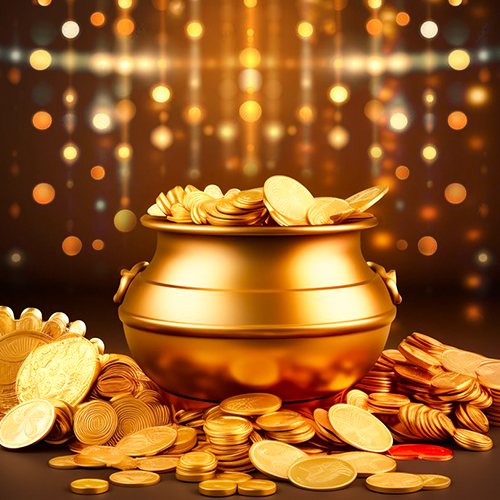
-in-Astrology.jpg)
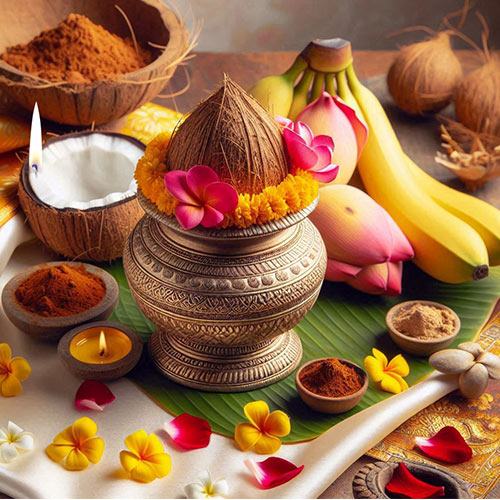

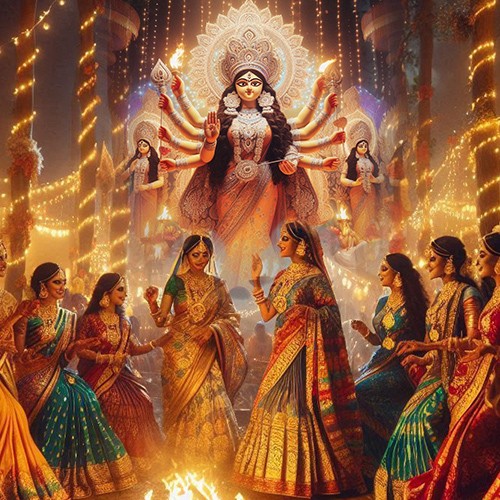
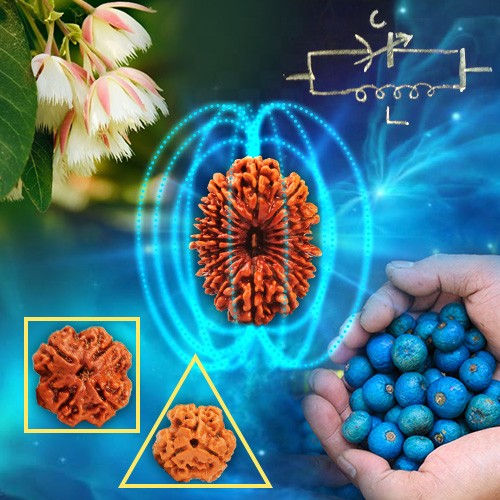

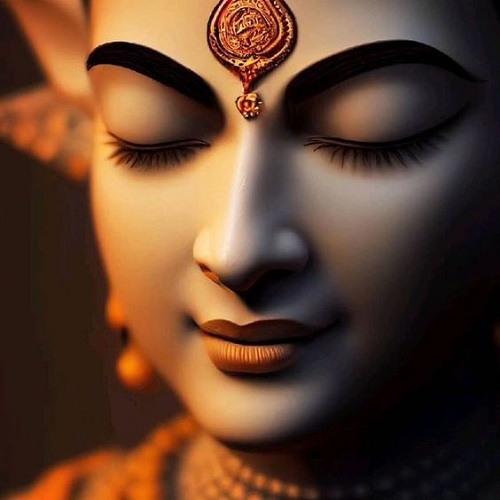
.jpg)
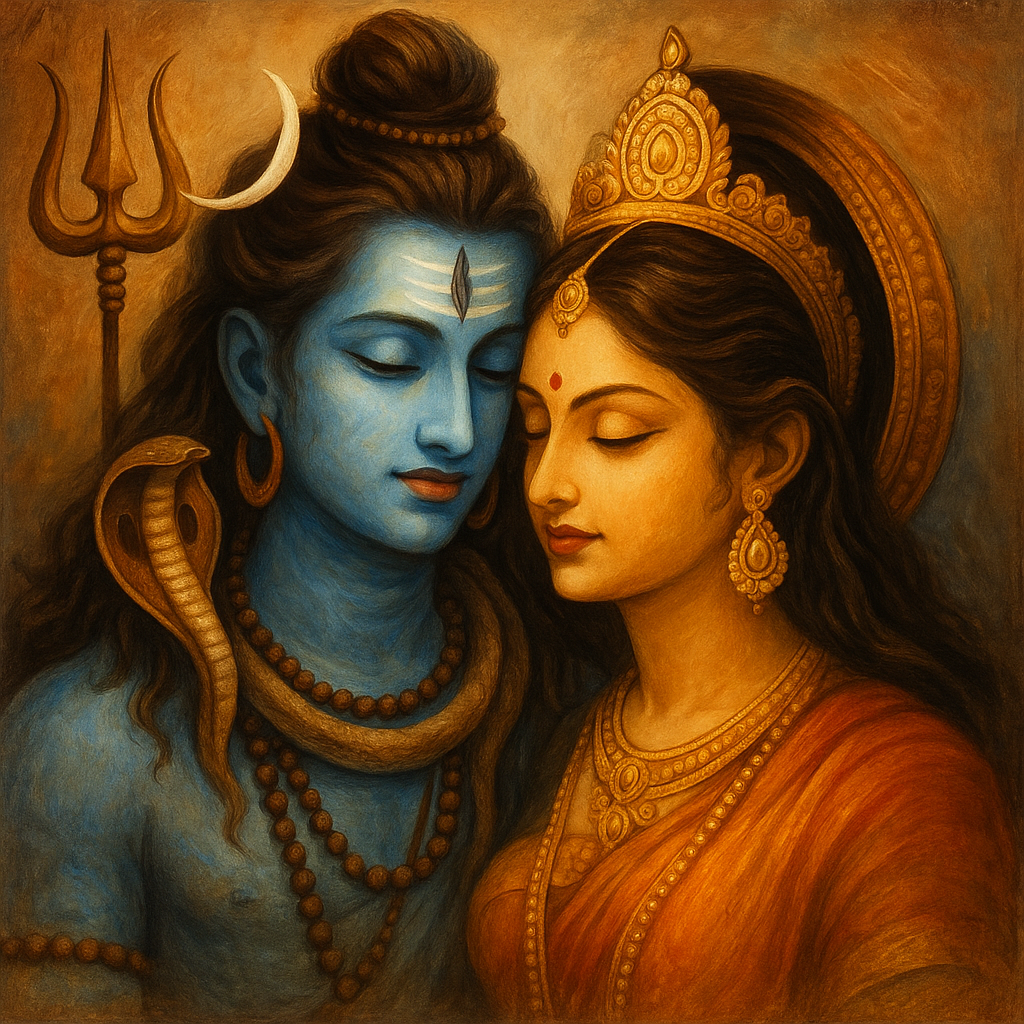
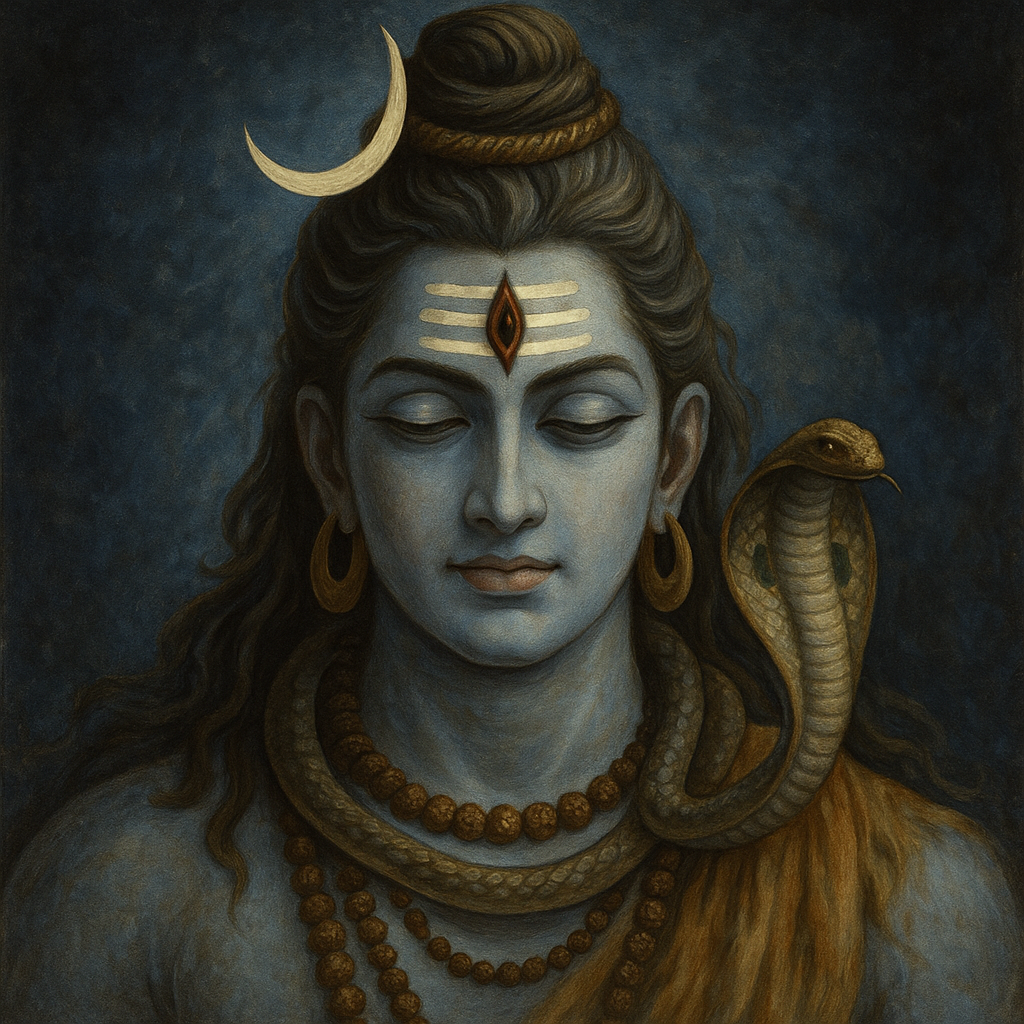
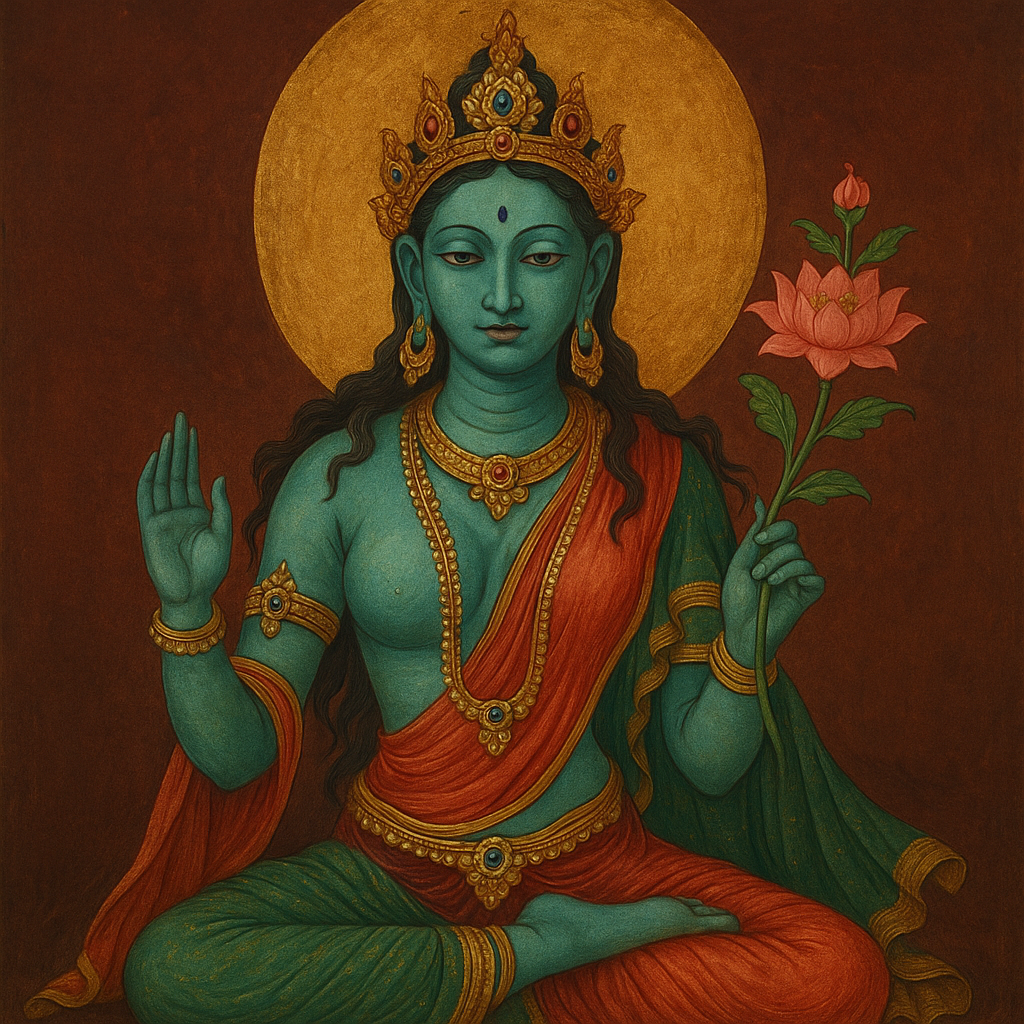
Basavaraj Malakappa NagaraBl
|November 11, 2024
Realy i love it
Ratikanta jena
|March 17, 2024
Me jaise pyar karta hoon ose sadhi hu Jaya